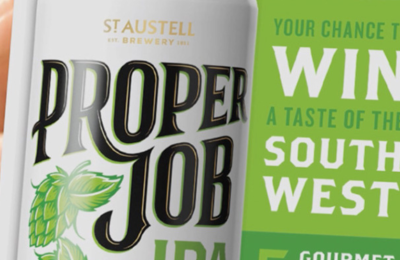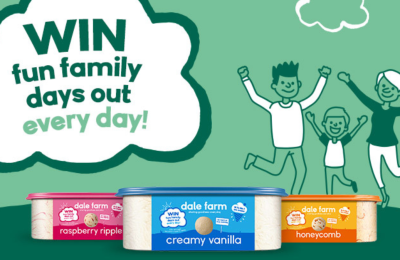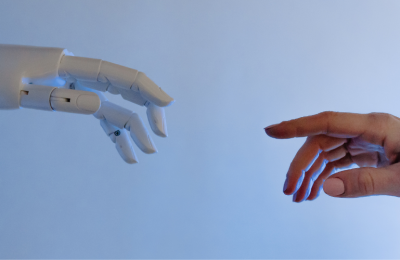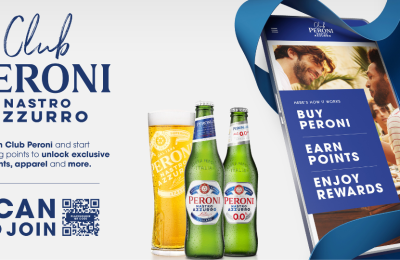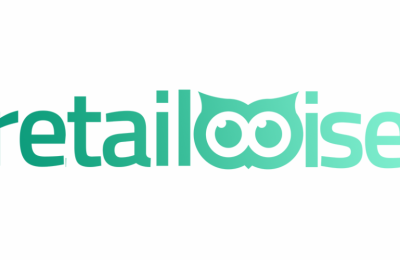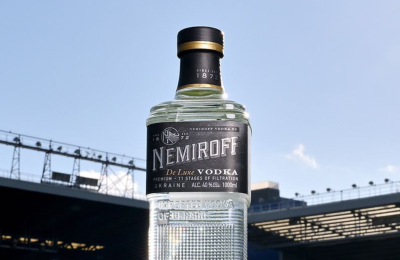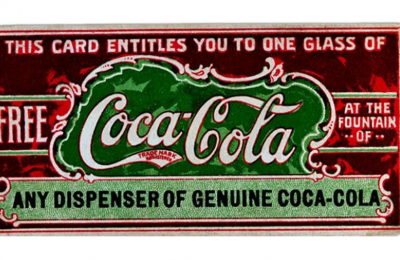How and why you should deploy behavioural insights to power customer acquisition
New customers are the lifeblood of any business. They aren’t just critical for growth: every business needs them to replace the customers who walk away from you in the course of any year.
The job of winning customers and converting them to your brand or business should be one of the most satisfying tasks for a marketer.
Yet for many who work in marketing, it’s a task which can feel like a game of whack-a-mole; even if you try your hardest, you can barely keep up.
And as anyone who has ever played whack-a-mole will know, there’s only so long you can go on playing the same game before you lose interest and the results wane.
But it’s not just this risk of fatigue and diminishing returns that should motivate marketers to change up their approach to customer acquisition right now.
The year ahead
As the financial impact of pandemic starts to bite, businesses and consumers will have a powerful motivation to re-evaluate where they spend their money.
And while this will bring opportunity in the form of potential new customers, it also presents a challenge. As competition increases, so too will the potential cost of winning each new customer.
At the same time, marketers will need to accommodate the new priorities of prospective buyers for whom emotional criteria like security and trust have become more important. A year of witnessing opportunistic and ethically questionable practises by some big brands through the pandemic will have only added to consumer cynicism which predates the pandemic.
This need for new approaches to customer acquisition will be felt most keenly in high-volume categories like insurance or telecoms where interventions from the regulators mean that the cost of winning new customers can no longer be underwritten by existing customers paying higher prices.
From capture to nudge
How can marketers overcome these challenges? Perhaps the biggest opportunity lies in changing the acquisition mindset away from the whack-a-mole approach to ‘capture’ customers with brute force marketing and towards one which uses a more subtle approach to nudge them into choosing your brand over others.
Nudge theory is a catch-all term which describes the insights from behavioural economics which allow us to understand how people respond to different influences when they are faced with making choices.
Analysis by Gallup suggests that companies who apply behavioural economics in their marketing outperform peers by 85% in sales growth and more than 25% in gross margin.
It would be unfair to say marketers are complete strangers to behavioural theory and the kind of gains which can be achieved through its application. In fact, most of us have experienced nudges in action.
That hotel booking website that tells you that only one room is left at the given bargain price? The airline which says there are only two seats left on the plane? The message that pops up on those same sites telling you that 55 people are looking right now?
All of those prompts to buy are based on a simple behavioural insight that presented with scarcity and the prospect of missing out, you can convert a fair proportion of browsers into buyers.
The Sports Direct mug that you used to somehow magically buy without clicking it? Or signing up to insurance or a magazine subscription which automatically renews?
That’s the use of ‘defaults’, a concept which suggests we are more likely to accept the option given to us.
Nudging not tricking
For all that behavioural insights like these are used widely today, it’s also the case that they aren’t deployed wisely or in the kind of ways that will deliver the kind of commercial benefits that Gallup talks about.
One major reason for this is that brands have tended to use nudges for short term gains without an appreciation of longer-term negative consequences.
The kind of businesses above are a good case in point.
There’s little doubt that deploying nudges has helped each of the brands convert browsers into business, deliver repeat customers and increase marginal sales.
But as customers have come to realise that the scarcity on the booking sites is contrived by the brands, or found that they have been locked into another year of insurance they didn’t ever choose, businesses have also damaged their relationships with each hard-won customer.
Far from engendering loyalty and trust, these brands have created scepticism or active dislike, ultimately leaving them with a higher cost of customer acquisition and what is ultimately an unsustainable way of winning business.
Knowledge is power
Businesses should not be put off using nudge theory to win business and those want to put it use will can easily get a headstart by understanding some guiding principles which are key to realising its potential.
The first of these is the importance of building up a working knowledge of all the basic concepts – or at least the most common ones – before you think about applying them.
In the examples I mentioned earlier, knowing about of the concept of ‘reactance’ – where if you nudge people too hard, people will respond negatively in a way which makes them reclaim their freedom – would have told marketers that any gains might be outweighed by the fact they have actively driven customers away.
A second principle that should always underpin the use of nudges, is that businesses typically get the best results if the focus is delivering delight by way of a positive emotional reaction or experience.
One brand who did this well was Starbucks when it launched its Unicorn Frappuccino, using a limited time offer to market the drink.
Coming at a time of peak-unicorn obsession and with Instagram-friendly looks, people wanted to get their hands on it because it was visually appealing and different. The drink sold out on its first day in stores. The appropriate use of scarcity here led to a positive emotional outcome because it was associated with the opportunity to try something fun for a short time rather than manipulation.
A third principle which can unlock the power of nudges is for marketers to take a step back from their own area and collaborate with other colleagues in the business to identify changes which reduce friction and positively influence customers in the process of doing business with you.
It’s still the case in many organisations that different touchpoints in the acquisition journey are developed or managed in silos and not as effective as they could be.
A good example of this are the defaults presented to people when they request further information or try to sign up with you as a customer. Given the power that defaults have over consumer behaviour, this is not something which a developer or forms designer should be left to consider on their own.
Overlaying knowledge of behavioural insights to the customer journey in its entirety can yield significant results by ensuring everything from forms for data capture, tone of voice, choice of communications channels and promotions are all doing the best job of influencing customers to do business with you.
A final rule of the road is to experiment, explore and learn how different combinations of nudges provide powerful – or less than powerful – outcomes in your business and in your life as a consumer.
You’ll soon observe that making minor changes can make a major difference to how effectively you acquire customers. What’s more, in the long term you’re likely to find that if you aren’t deploying nudges in this way, your customers will be going to a business that is, and falling in love with it in the process.
Jerome Ribot is the founder of Coglode, a consultancy which helps brands make better decisions by making sense of behavioural research.

